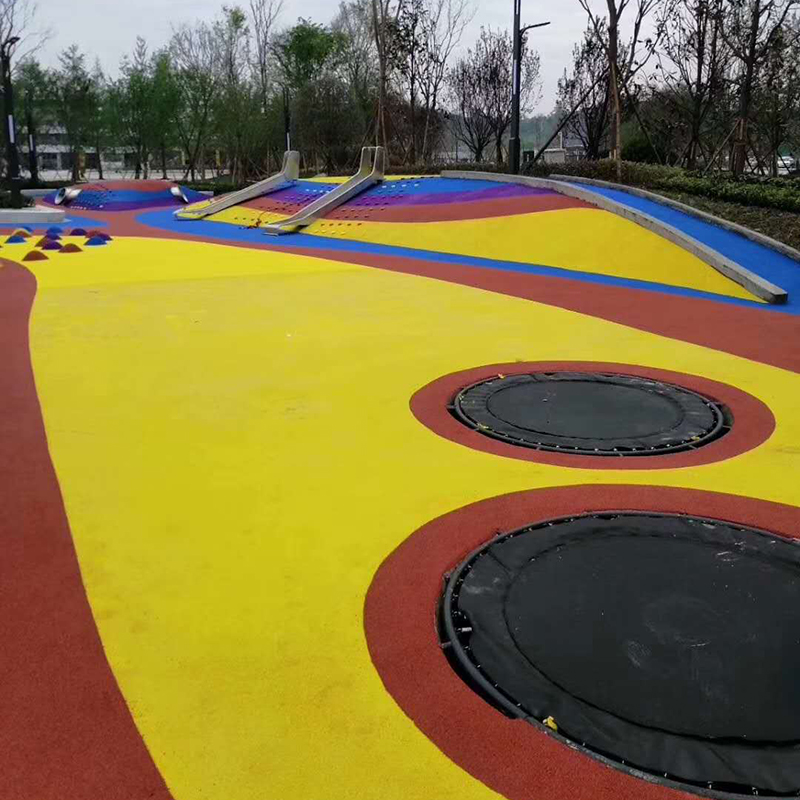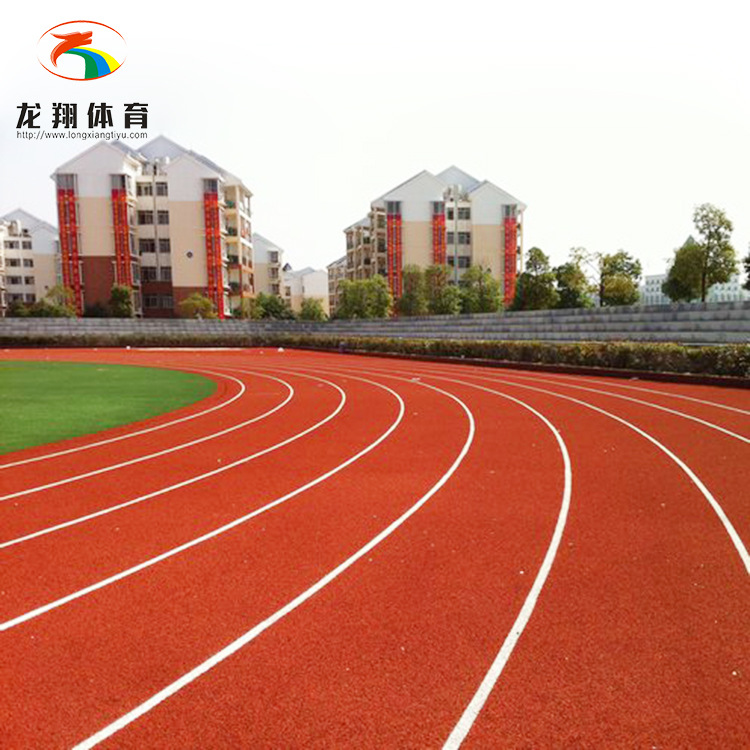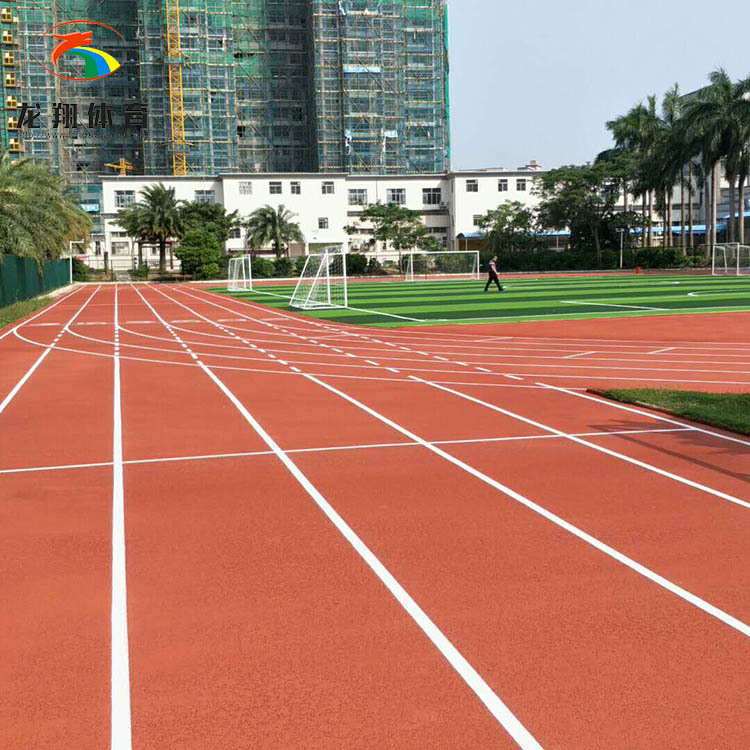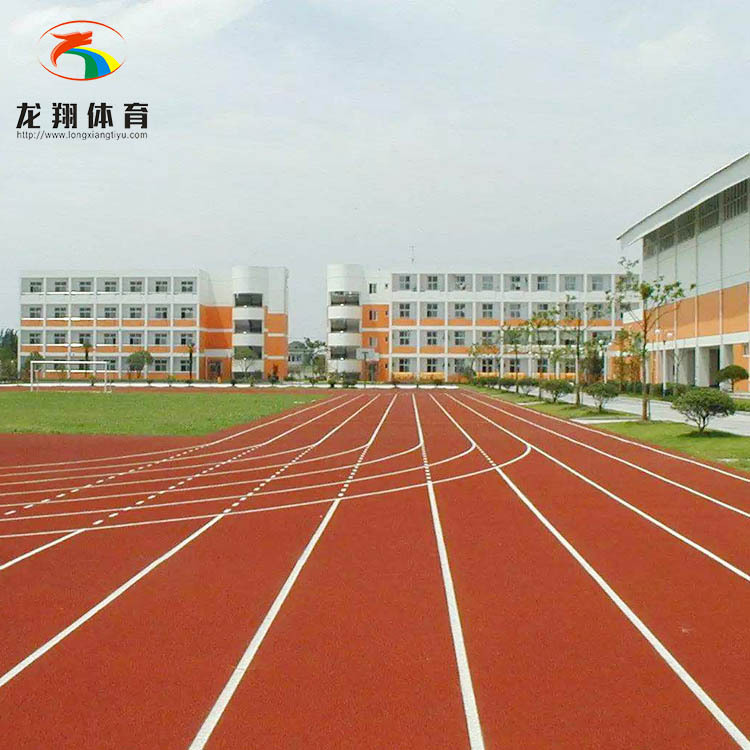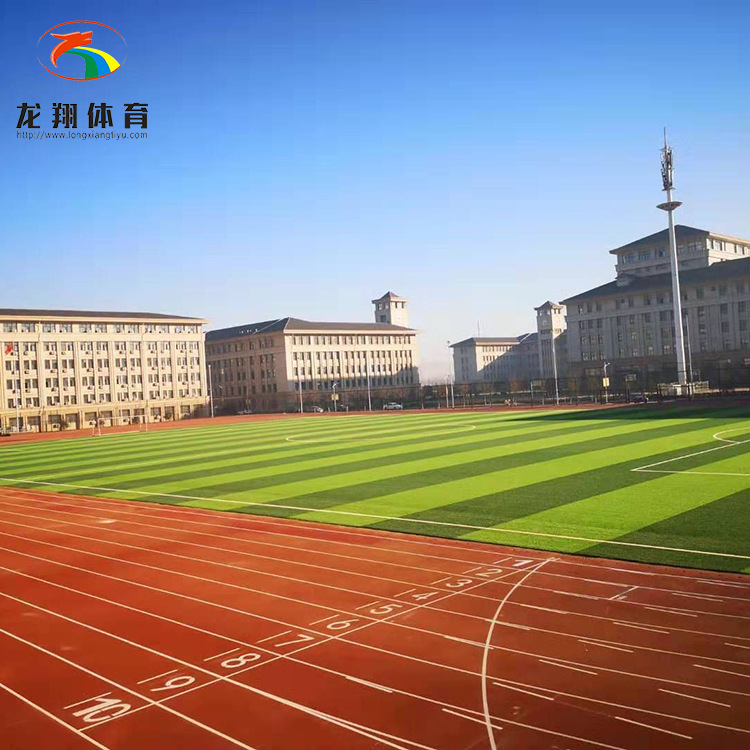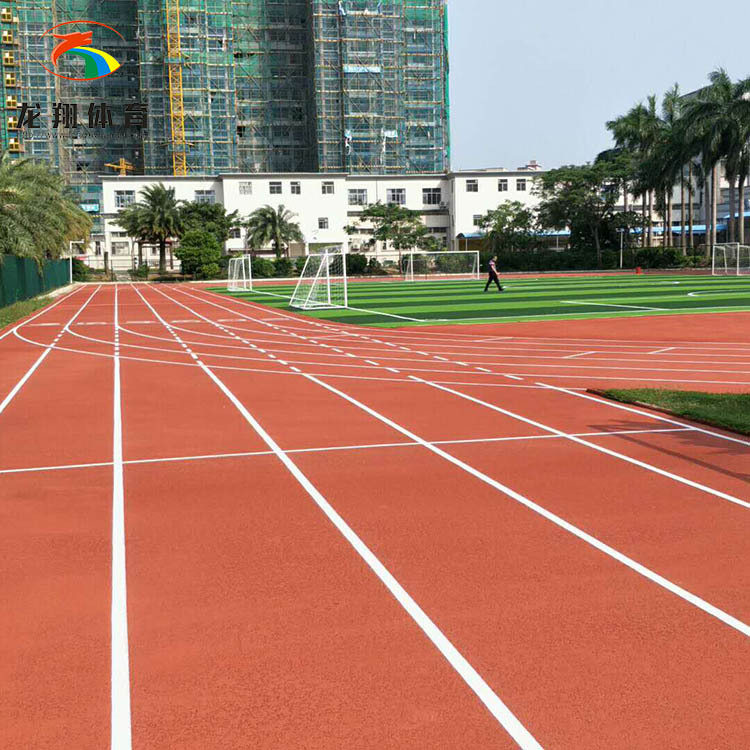With the wide application of plastic running tracks in schools, stadiums and other places, their environmental protection performance has received increasing attention. Poor-quality plastic running tracks may release harmful substances and endanger the health of users. Therefore, it is crucial to scientifically test their environmental protection performance. The detection mainly focuses on aspects such as the content of harmful substances in raw materials and finished products, as well as the correlation between physical properties and environmental protection.
Raw material inspection is the primary link to control the environmental performance of plastic running tracks. The plastic track is mainly composed of materials such as polyurethane glue and rubber particles. The quality of polyurethane glue directly affects the environmental friendliness of the track. During testing, attention should be paid to the content of free diisocyanate in it. Excessive free diisocyanate may volatilize during the use of the runway, irritating the respiratory tract. Its content can be accurately determined through professional instruments, such as gas chromatographs. For rubber particles, whether they are recycled rubber particles processed from used tires or brand-new rubber particles, the content of heavy metals such as lead, cadmium and chromium needs to be tested. If these heavy metals exceed the standard, they will enter the environment along with the wear of the runway, posing a threat to human health. During the detection, the rubber particles are crushed and then the specific content of heavy metal elements in them is analyzed using equipment such as atomic absorption spectrometers.
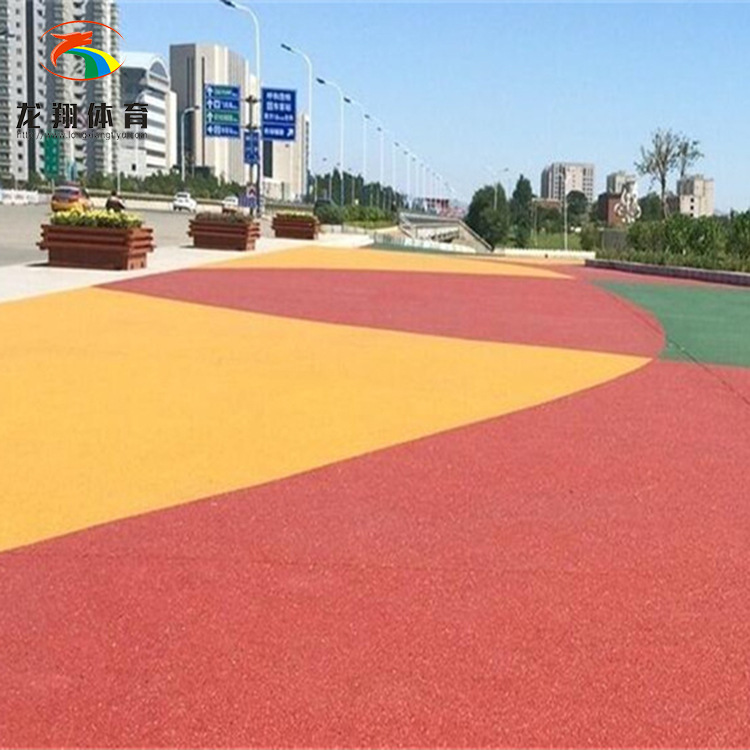
The detection of harmful substances in finished running tracks is a core step. First, detect volatile organic compounds (VOCs). After the runway is laid, within a certain closed space, the volatile organic compounds on the runway surface are collected and analyzed by using a gas chromatography-mass spectrometry (GC-MS) instrument. Common VOCs substances such as formaldehyde and benzene series, if present in excessive amounts, can have adverse effects on the human body. Secondly, detect soluble heavy metals. Runway samples were taken and soaked in a specific chemical solution to simulate human contact or environmental erosion. Then, the soaking solution was analyzed to determine whether heavy metals would dissolve and precipitate. In addition, substances such as polycyclic aromatic hydrocarbons need to be detected. Polycyclic aromatic hydrocarbons are carcinogenic. Through equipment such as effective liquid chromatography, the residual amount of them in the finished runway products can be determined.
Physical property testing is also related to environmental protection performance. For example, the wear resistance test of the runway indirectly reflects the environmental friendliness. If the runway has poor wear resistance and is prone to particle shedding and powdering, the harmful substances it contains will be more likely to diffuse into the environment and be inhaled or come into contact with by the human body. When testing wear resistance, a professional wear resistance testing machine is used to conduct friction tests on the track samples and observe the degree of surface wear. In addition, the anti-aging performance of the runway is equally important. Running tracks with poor anti-aging performance are prone to material decomposition under the influence of environmental factors such as sunlight and rain, and may release harmful substances. Through artificial accelerated aging tests, conditions such as light and temperature changes in the natural environment are simulated to observe the physical performance changes of the runway and whether there are any harmful substances released.
During the testing process, relevant standards and norms must also be followed. For instance, the relevant standards for plastic running tracks formulated by our country have clear regulations on the limits and detection methods of various harmful substances. Testing institutions must operate strictly in accordance with standard procedures to ensure the accuracy and reliability of the test results. Meanwhile, the inspection should be representative. Not only should the surface of the track be inspected, but also samples should be taken in different areas and at different depths to comprehensively evaluate the environmental performance of the plastic track.



